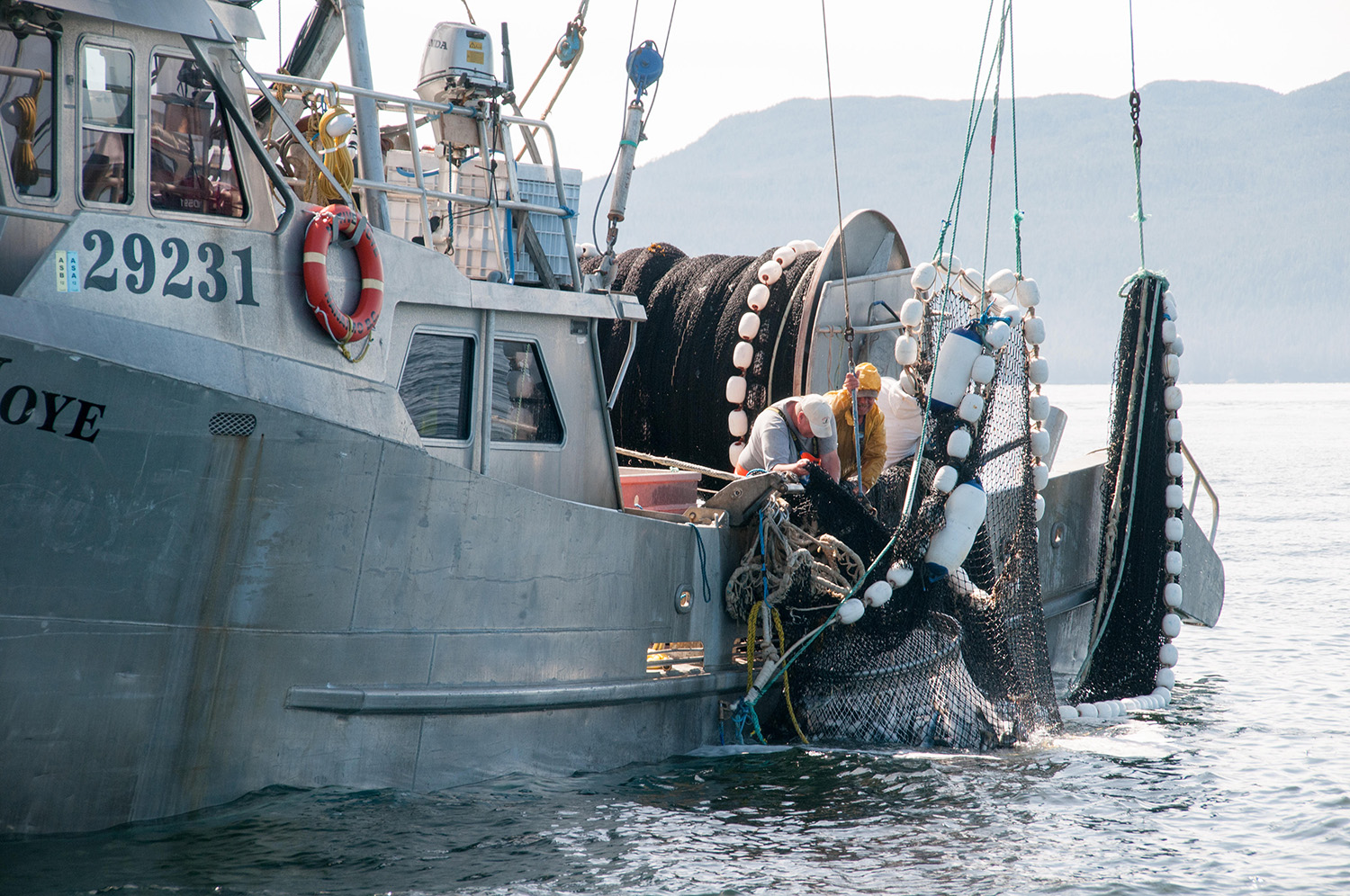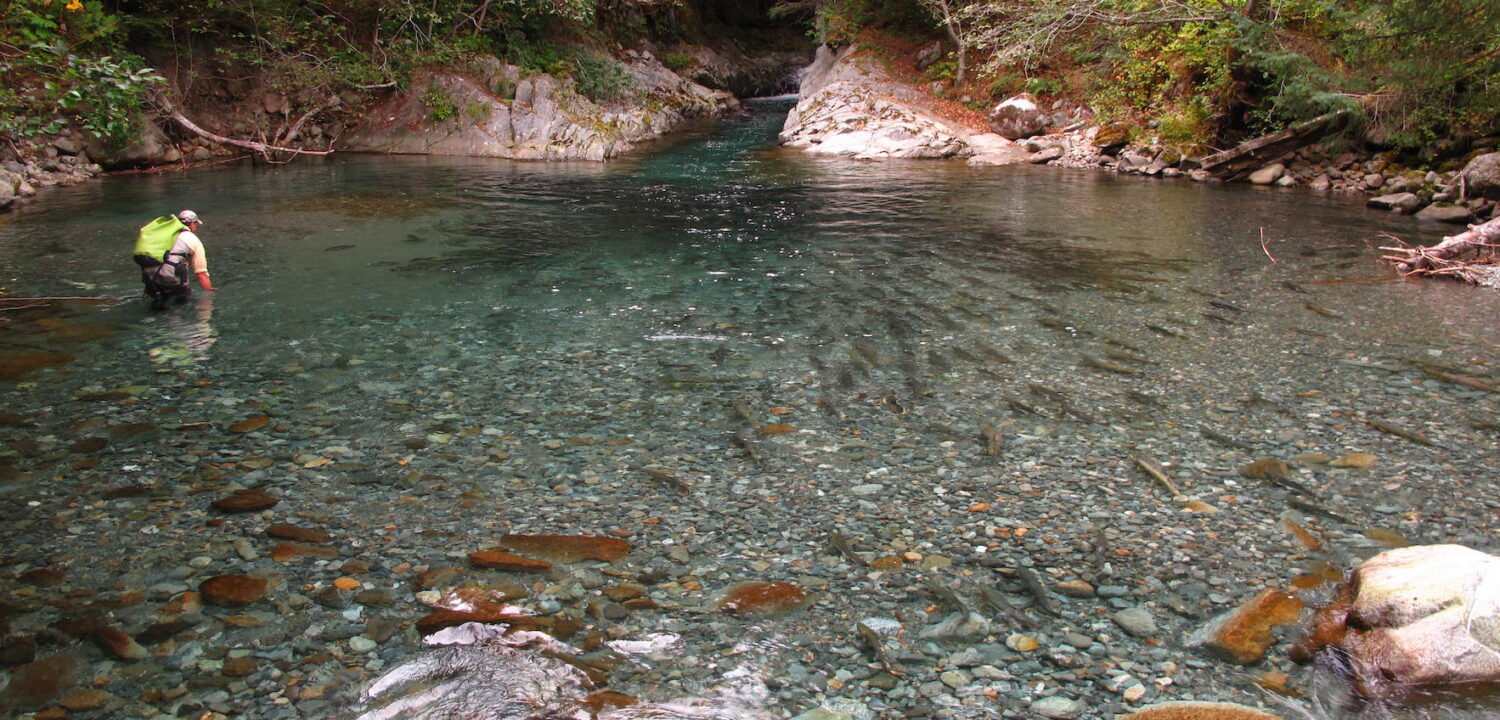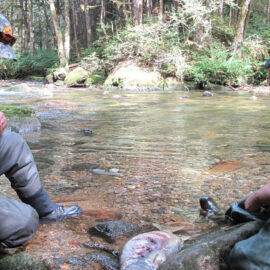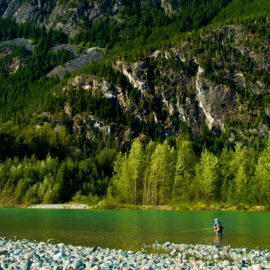New funding from Genome BC will help WSC, First Nations, and other close partners expand a groundbreaking DNA library.
Off the coast of British Columbia, the ocean swirls with different salmon populations.
Marine fishing here means catching a mix of salmon runs, each headed for different rivers and tributaries, from Alaska to California. According to salmon managers, conservation scientists, and traditional knowledge from coastal First Nations, mixed-stock fishing creates a problematic reality for threatened or endangered salmon runs literally caught in the middle.
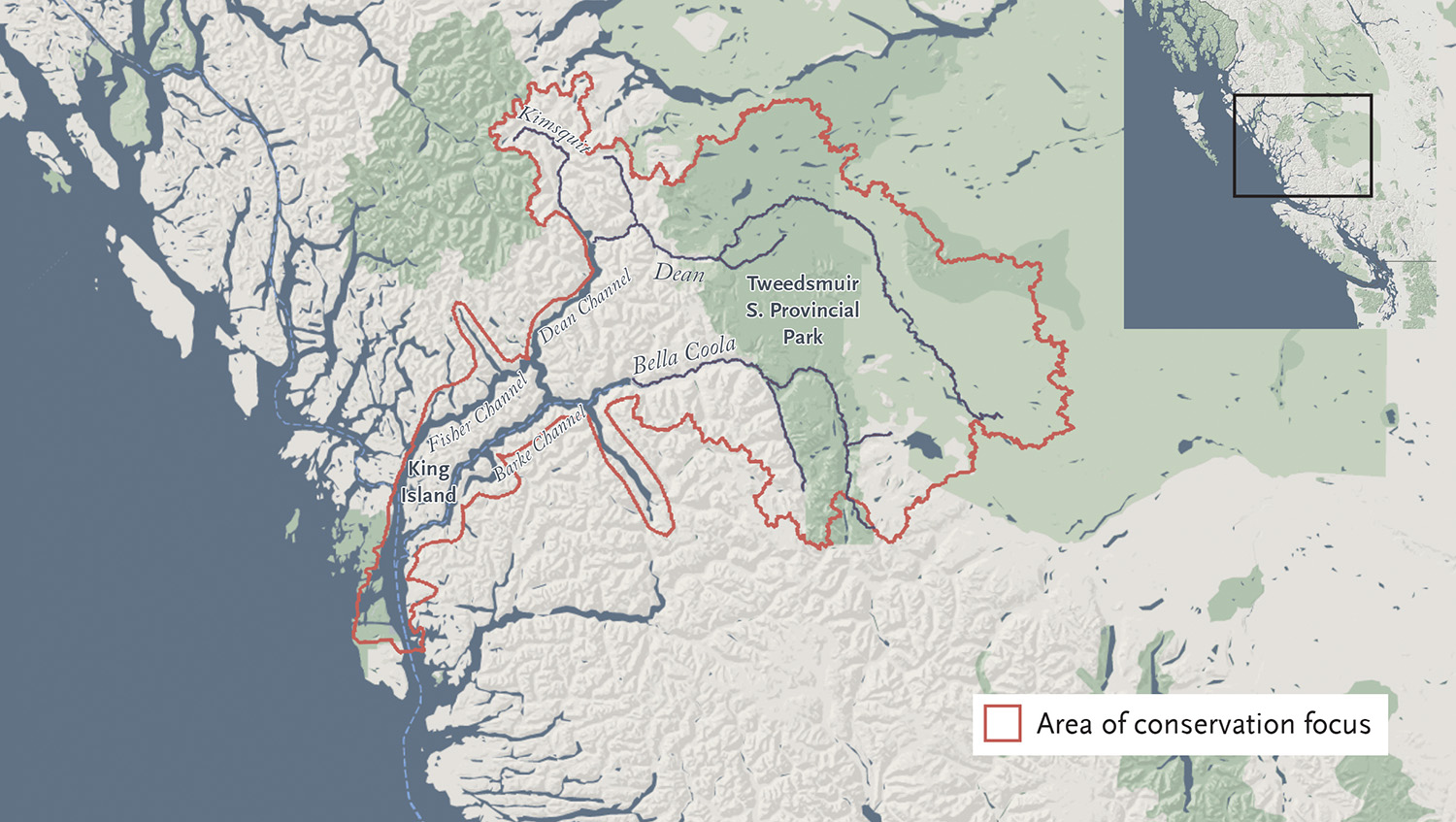
Unfortunately, no practical tools currently exist to help marine fishers avoid catching these vulnerable runs alongside the healthy stocks they target. Out on the ocean, fishers can’t even say with certainty that the salmon in their nets were B.C.-bound.
Help is on the way from a ground-breaking new wild salmon genome project co-led by the Wild Salmon Center and Simon Fraser University and funded through Genome BC’s GeneSolve program and other partners. This February, the project got a boost from a $250,000 matching grant from the GeneSolve program, which will fund the genetic decoding and archiving of 118 distinct sockeye populations native to B.C.’s Central Coast.
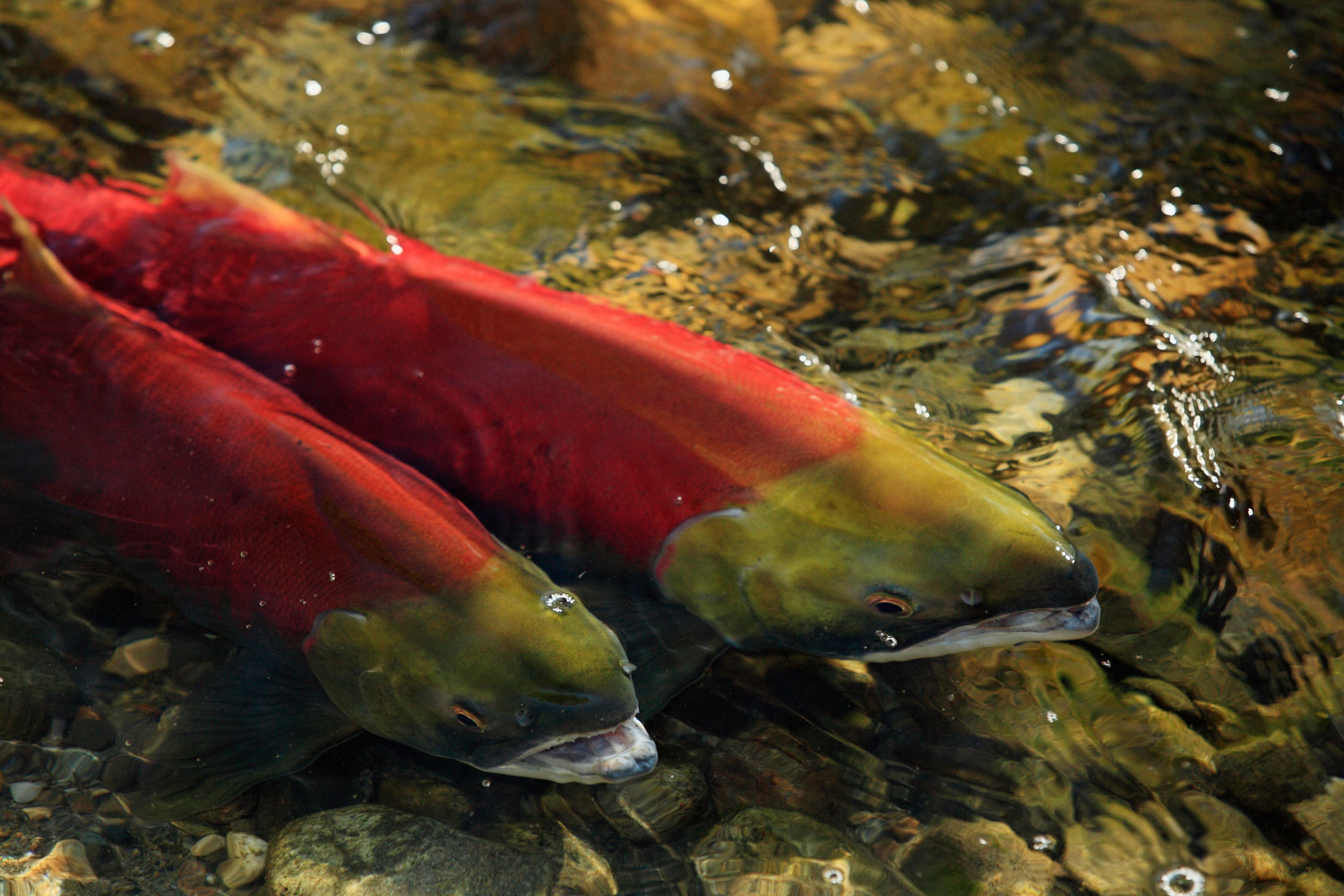
According to WSC Science Director Dr. Matt Sloat, genetic knowledge is key to long-term salmon resilience in B.C. and beyond.
“Even salmon in neighboring watersheds can be genetically distinct,” Dr. Sloat says. “This funding will allow us to complete our sockeye decoder, begin to understand and protect the genetic diversity of B.C.’s wild salmon runs, and build stronger overall resilience in the face of climate change.”
Genetic knowledge is key to long-term salmon resilience in B.C. and beyond.
The sockeye data will expand the project’s primary data tool—a “Rosetta Stone for salmon” as Dr. Sloat calls it—under development by Canada’s Department of Fisheries and Oceans in partnership with WSC and SFU, with help from First Nations partners including the Heiltsuk, Nuxalk, Kitasoo/Xai’Xais, and Lax Kw’alaams First Nations, along with the Coastal Rivers Conservancy.
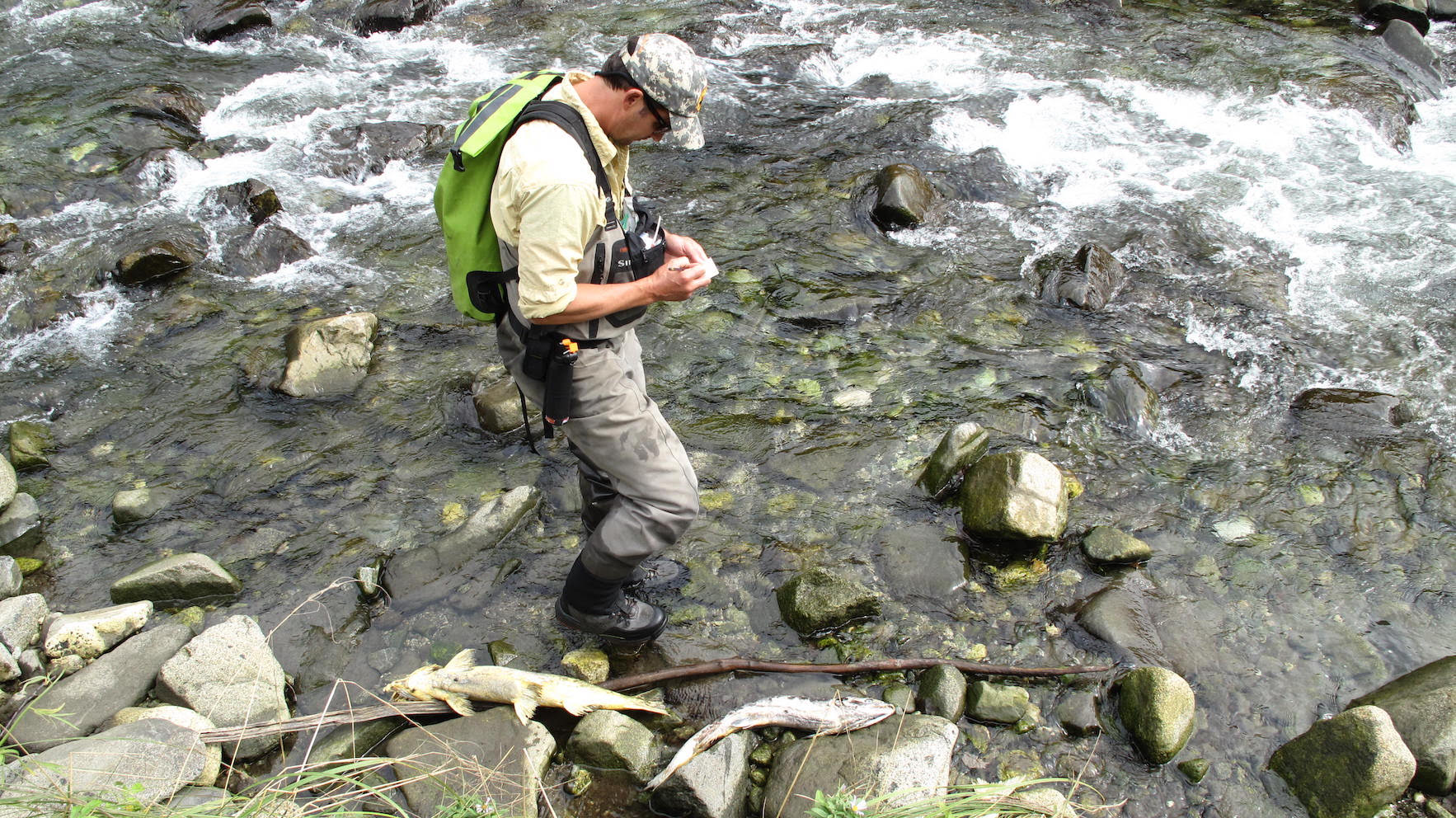
Sockeye has long been an iconic species for the Heiltsuk people, says William Housty, a member of the Heiltsuk Nation and Board Chair with the Heiltsuk Integrated Resource Management Department in Bella Bella.
“We have always managed sockeye according to Heiltsuk values,” Housty says. “With a severe decline in the sockeye population in recent years, it is vital that we utilize the latest science to improve genetic baselines and mixed-stock sampling to ensure that the sockeye recover to a sustainable level.”
By decoding and mapping a body of genomic data from archival samples (some dating back 100 years) and ongoing fieldwork by First Nations partners, researchers will build a searchable DNA library of the region’s key wild salmon stocks. Ultimately, this tool will enable salmon managers and fishers to trace individual salmon—chum, Chinook, coho and sockeye—back to a home river or stream.
Ultimately, this “Rosetta Stone for salmon” will enable salmon managers and fishers to trace individual salmon—chum, Chinook, coho and sockeye—back to a home river or stream.
“Many of B.C.’s sockeye populations supported large fisheries that have since collapsed,” Dr. Sloat says. “We want to understand how that happened, and direct fisheries away from populations that are vulnerable—especially ones that are currently the focus of recovery efforts.”
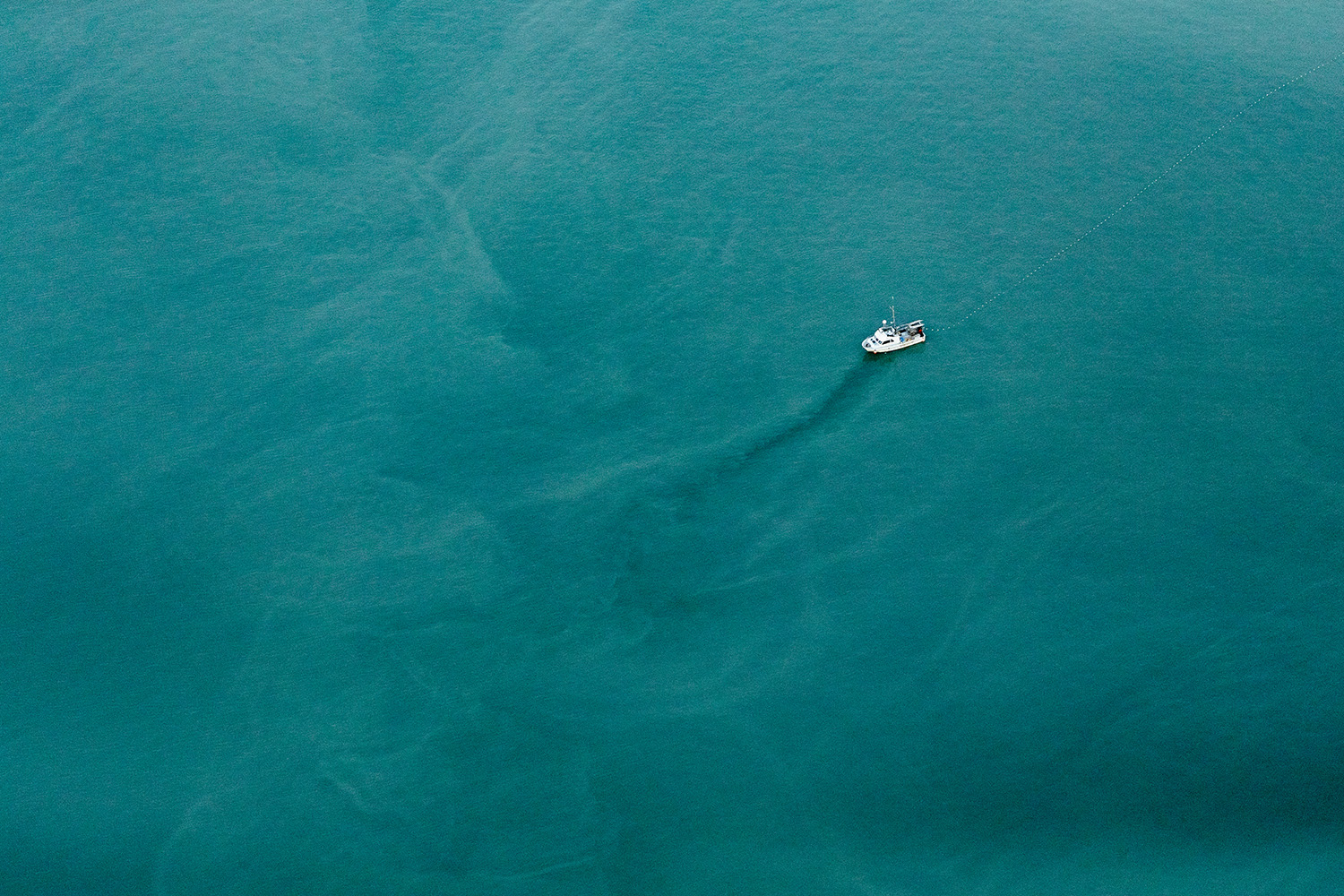
Ultimately, project partners hope that provincial, federal, and First Nations salmon managers will use the tool to develop selective fishing guidelines in areas where salmon populations intermingle, allowing vulnerable runs safe passage.
These guidelines could be key to saving important cultural and subsistence runs in B.C. And by ensuring that a critical mass of genetically diverse salmon runs endure, managers can help restore a “portfolio effect” to hedge against the increasingly volatile ocean and freshwater conditions that come with climate change.
When launched, this new tool will offer broad benefits across the BC commons—for salmon managers and commercial, recreational, and First Nations fishers, as well as the wildlife and ecosystems that depend on wild salmon.
Ultimately, the hope is that the tool will be used to develop selective fishing guidelines key to saving important cultural and subsistence runs in B.C.
